Words You Might Not Have Realized Were Named After People
Mizuka Ishiwatari
Published
03/12/2015
Did you know these were named after historical persons?
- List View
- Player View
- Grid View
Advertisement
-
1.
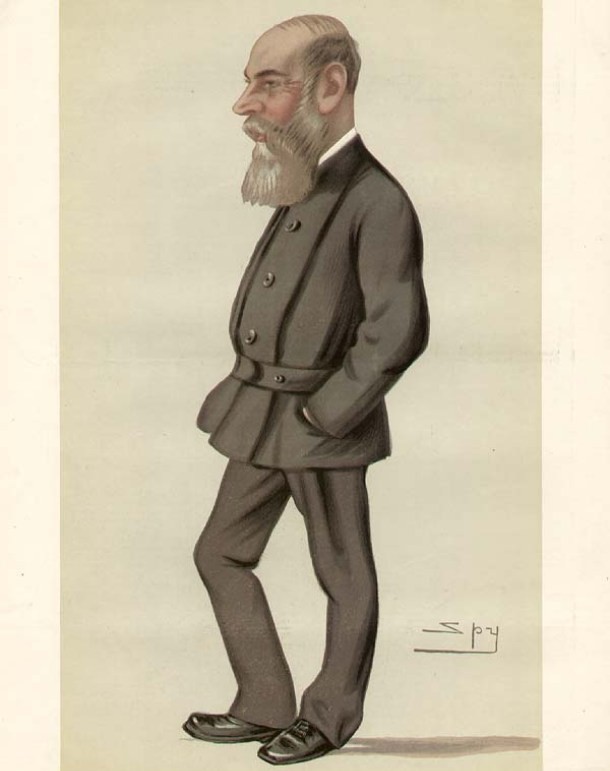 Boycott - Officially defined as an act of voluntarily abstaining from using, buying, or dealing with a person, organization, or country, boycott is basically a kind of political or social protest. But only few people know the word has its origin in Charles Boycott, a British land agent living in the 19th century, who was ostracized by his local community after he refused his tenants´ demands for reduction in rates.
Boycott - Officially defined as an act of voluntarily abstaining from using, buying, or dealing with a person, organization, or country, boycott is basically a kind of political or social protest. But only few people know the word has its origin in Charles Boycott, a British land agent living in the 19th century, who was ostracized by his local community after he refused his tenants´ demands for reduction in rates. -
2.
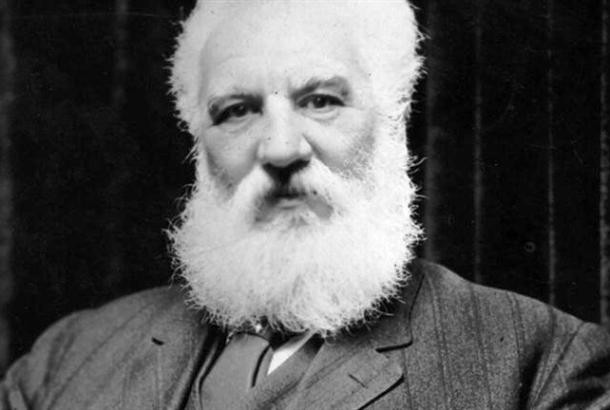 Decibel - The decibel is a logarithmic unit used to express the ratio between two values of a physical quantity, commonly used to measure the intensity of sound. One decibel is one tenth of one bel, named in honor of Alexander Graham Bell, a famous Scottish scientist, inventor, engineer and innovator who is credited with inventing the first practical telephone.
Decibel - The decibel is a logarithmic unit used to express the ratio between two values of a physical quantity, commonly used to measure the intensity of sound. One decibel is one tenth of one bel, named in honor of Alexander Graham Bell, a famous Scottish scientist, inventor, engineer and innovator who is credited with inventing the first practical telephone. -
3.
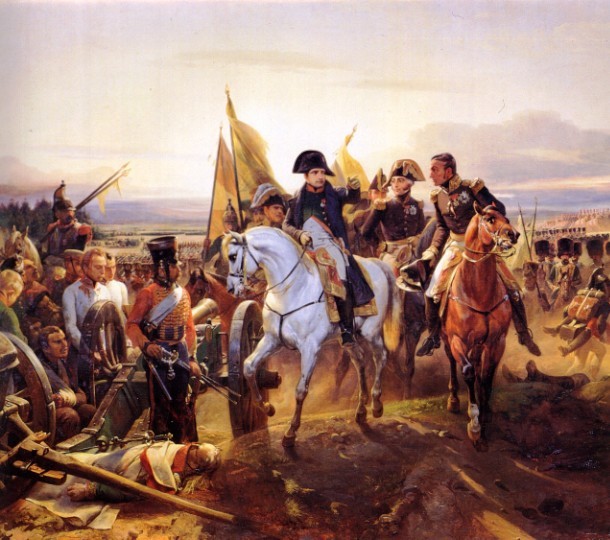 Chauvinism - Defined as an exaggerated patriotism and a belligerent belief in national superiority and glory, chauvinism has also its roots in a historical figure. Nicolas Chauvin was a legendary French soldier and patriot alleged to have served in the First Army of the French Republic and subsequently in the army of Napoleon.
Chauvinism - Defined as an exaggerated patriotism and a belligerent belief in national superiority and glory, chauvinism has also its roots in a historical figure. Nicolas Chauvin was a legendary French soldier and patriot alleged to have served in the First Army of the French Republic and subsequently in the army of Napoleon. -
4.
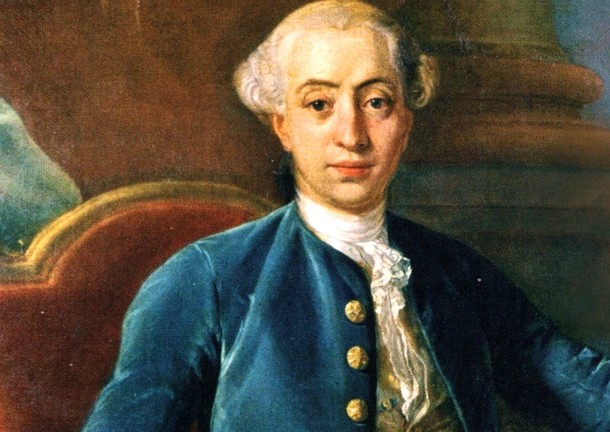 Casanova - Today, if a man is referred to as Casanova, it generally means he is very interested in women. The meaning can differ with the context from an attentive seducer to a mere lecher. This eponym was named after Giacomo Casanova, an 18th century Italian adventurer and nobleman famous for his numerous elaborate affairs with women.
Casanova - Today, if a man is referred to as Casanova, it generally means he is very interested in women. The meaning can differ with the context from an attentive seducer to a mere lecher. This eponym was named after Giacomo Casanova, an 18th century Italian adventurer and nobleman famous for his numerous elaborate affairs with women. -
5.
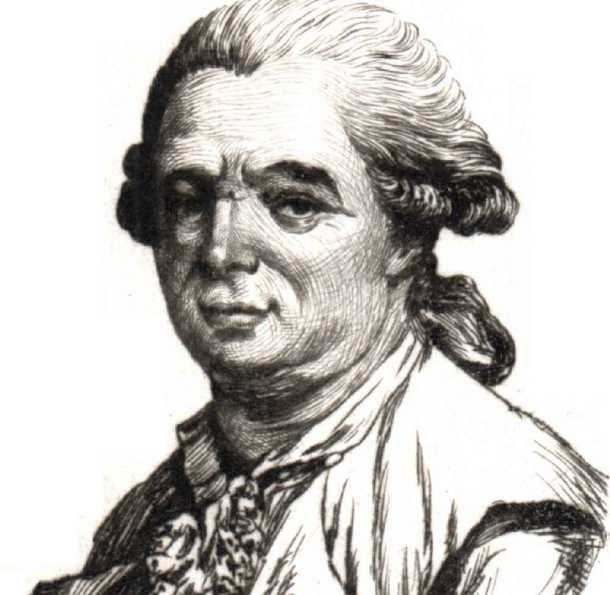 Mesmerize - This commonly used word relates to Franz Mesmer, a German physician with an interest in astronomy, alternative healing methods and hypnosis. However, it was not until the half of the 19th century, long after Mesmer´s death, when the word became a synonym for hypnosis.
Mesmerize - This commonly used word relates to Franz Mesmer, a German physician with an interest in astronomy, alternative healing methods and hypnosis. However, it was not until the half of the 19th century, long after Mesmer´s death, when the word became a synonym for hypnosis. -
6.
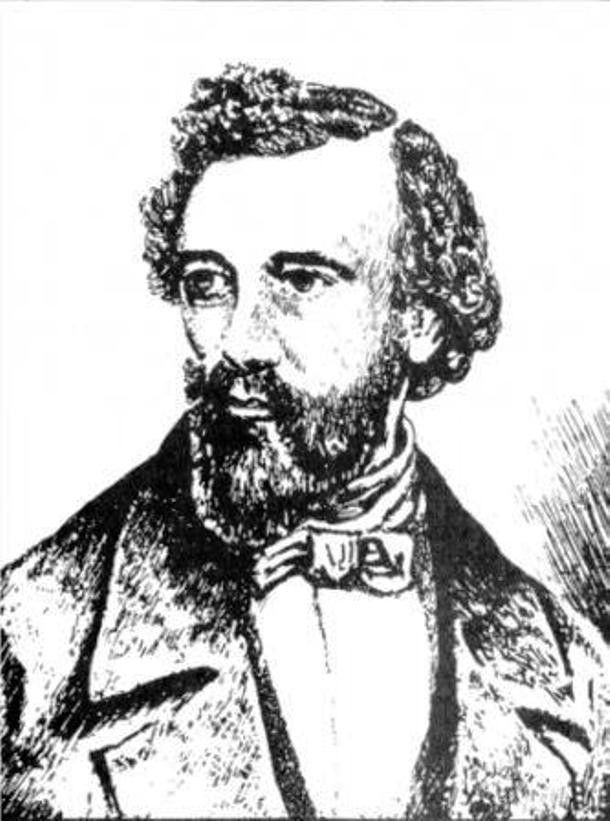 Saxophone Saxophone - A popular woodwind instrument, saxophone was named after its inventor Adolphe Sax, a Belgian musical instrument designer of the 19th century. An avid musician who played the flute and clarinet, he invented several other instruments such as the saxotromba, saxhorn and saxtuba but only saxophone made it among the most famous instruments widely used in numerous music genres.
Saxophone Saxophone - A popular woodwind instrument, saxophone was named after its inventor Adolphe Sax, a Belgian musical instrument designer of the 19th century. An avid musician who played the flute and clarinet, he invented several other instruments such as the saxotromba, saxhorn and saxtuba but only saxophone made it among the most famous instruments widely used in numerous music genres. -
7.
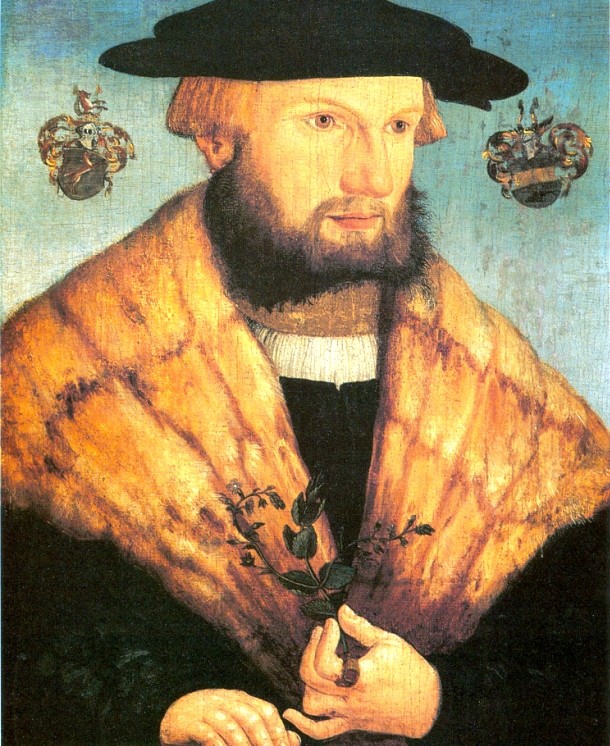 Fuchsia - Plant species are usually named after the scientists who discovered them but this was not the case for fuchsia, a genus of flowering plants. Leonhard Fuchs was a German physician, botanist and author of a large book about plants and their uses as medicines. The book was considered the best publication of its time so, when a French botanist Charles Plumier discovered a new kind of flower in the Caribbean at the end of the 17th century, he named it in honor of Fuchs.
Fuchsia - Plant species are usually named after the scientists who discovered them but this was not the case for fuchsia, a genus of flowering plants. Leonhard Fuchs was a German physician, botanist and author of a large book about plants and their uses as medicines. The book was considered the best publication of its time so, when a French botanist Charles Plumier discovered a new kind of flower in the Caribbean at the end of the 17th century, he named it in honor of Fuchs. -
8.
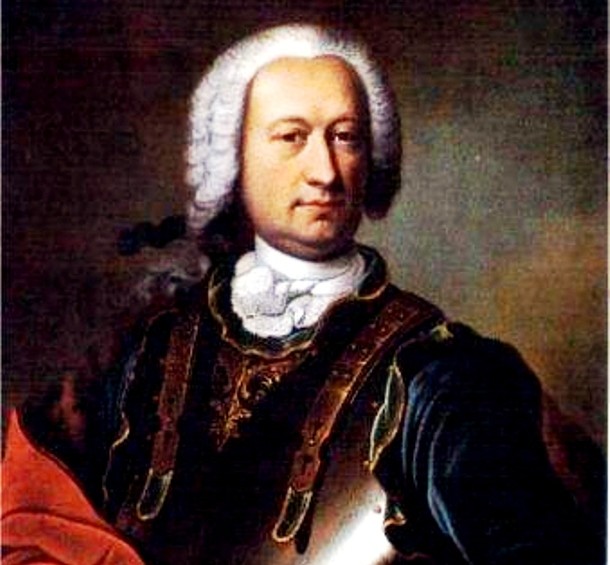 Sadism is a sexual practice in which a person experiences sexual arousal in response to pain, suffering or humiliation of others. What may sound like a weird modern perversion is actually a practice more than 200 years old. Sadism was named after Marquis de Sade, a French aristocrat, politician, philosopher and writer, famous for his libertine sexuality and violent pornographic works.
Sadism is a sexual practice in which a person experiences sexual arousal in response to pain, suffering or humiliation of others. What may sound like a weird modern perversion is actually a practice more than 200 years old. Sadism was named after Marquis de Sade, a French aristocrat, politician, philosopher and writer, famous for his libertine sexuality and violent pornographic works. -
9.
 Nicotine - A potent alkaloid found in the nightshade family of plants and a stimulant drug, nicotine was named after the tobacco plant Nicotiana tabacum, which in turn was named after the French ambassador in Portugal, Jean Nicot de Villemain who sent tobacco and seeds to Paris in 1560. He promoted the healing properties of the plant as back then, smoking was believed to protect against the plague.
Nicotine - A potent alkaloid found in the nightshade family of plants and a stimulant drug, nicotine was named after the tobacco plant Nicotiana tabacum, which in turn was named after the French ambassador in Portugal, Jean Nicot de Villemain who sent tobacco and seeds to Paris in 1560. He promoted the healing properties of the plant as back then, smoking was believed to protect against the plague. -
10.
 Bowdlerize - Defined as removing sexually offensive words or passages from a written work before publishing it, bowdlerizing was named after Thomas Bowdler, an English physician and philanthropist. He is best known for publishing a censored edition of Shakespeare’s works called The Family Shakspeare with the intention to be more appropriate for 19th century women and children.
Bowdlerize - Defined as removing sexually offensive words or passages from a written work before publishing it, bowdlerizing was named after Thomas Bowdler, an English physician and philanthropist. He is best known for publishing a censored edition of Shakespeare’s works called The Family Shakspeare with the intention to be more appropriate for 19th century women and children. -
11.
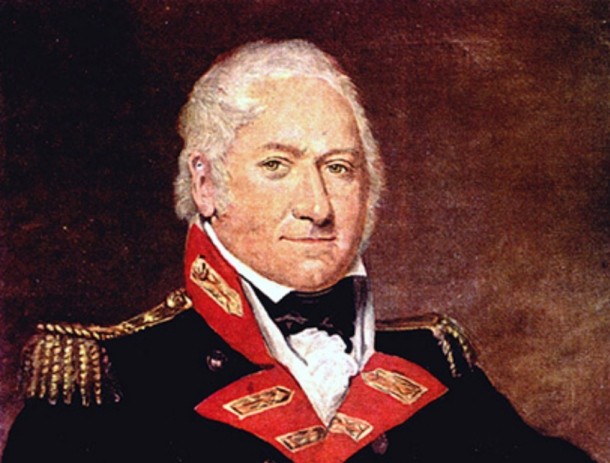 Shrapnel - Even the shrapnel shell, artillery munitions widely used in the 19th century warfare, bears the name of its inventor. Major General Henry Shrapnel (June 1761, March 1842) was a British Army officer famous for devising new anti-personnel weapons. Even during World War I, decades after his death, the shells were still manufactured according to Shrapnel´s original principles.
Shrapnel - Even the shrapnel shell, artillery munitions widely used in the 19th century warfare, bears the name of its inventor. Major General Henry Shrapnel (June 1761, March 1842) was a British Army officer famous for devising new anti-personnel weapons. Even during World War I, decades after his death, the shells were still manufactured according to Shrapnel´s original principles. -
12.
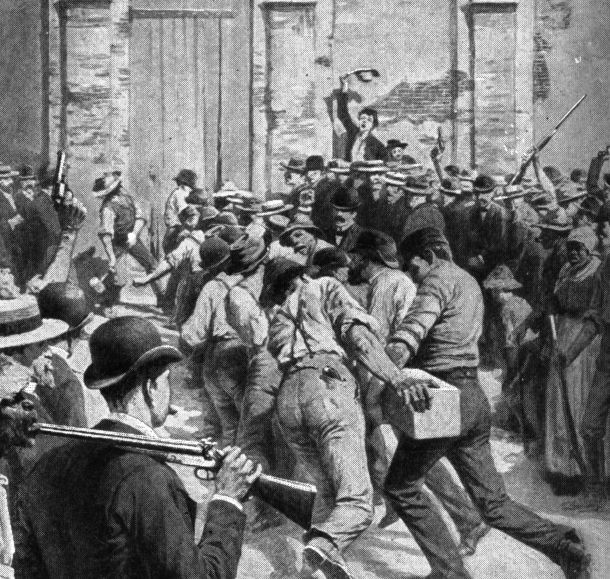 Lynching - An extrajudicial punishment by an informal group, usually a furious mob, lynching probably originated during the American Revolution but there are two men credited for the origin of this eponym, Charles Lynch and William Lynch, both of whom lived in Virginia in the 1780s. It is not clear after which of them this way of punishment was named but Charles was known to use the term earlier than William.
Lynching - An extrajudicial punishment by an informal group, usually a furious mob, lynching probably originated during the American Revolution but there are two men credited for the origin of this eponym, Charles Lynch and William Lynch, both of whom lived in Virginia in the 1780s. It is not clear after which of them this way of punishment was named but Charles was known to use the term earlier than William. -
13.
 Guppy - Also known as million fish and rainbow fish, the guppy is probably the world’s most widely distributed and popular freshwater aquarium fish species but few aquarists know it was named in honor of Robert John Lechmere Guppy, a British naturalist who sent specimens of the species from Trinidad to the Natural History Museum in London.
Guppy - Also known as million fish and rainbow fish, the guppy is probably the world’s most widely distributed and popular freshwater aquarium fish species but few aquarists know it was named in honor of Robert John Lechmere Guppy, a British naturalist who sent specimens of the species from Trinidad to the Natural History Museum in London. -
14.
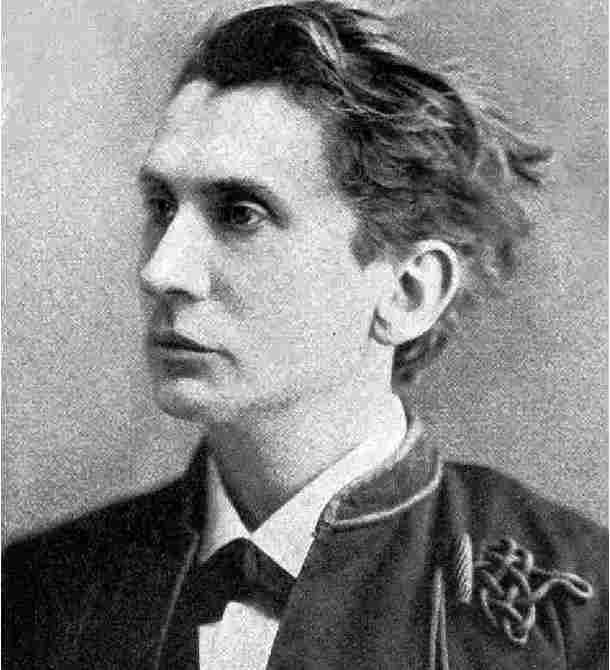 Masochism - Similarly to sadism, masochism is also derived from a name of a person who was famous for suffering from this unusual deviance. Leopold Ritter von Sacher-Masoch (January 1836, March 1895) was an Austrian writer and journalist, who gained renown for his romantic stories as well as for his sexual anomaly. The term masochism was coined in 1886 by the Austrian psychiatrist von Krafft-Ebing.
Masochism - Similarly to sadism, masochism is also derived from a name of a person who was famous for suffering from this unusual deviance. Leopold Ritter von Sacher-Masoch (January 1836, March 1895) was an Austrian writer and journalist, who gained renown for his romantic stories as well as for his sexual anomaly. The term masochism was coined in 1886 by the Austrian psychiatrist von Krafft-Ebing. -
15.
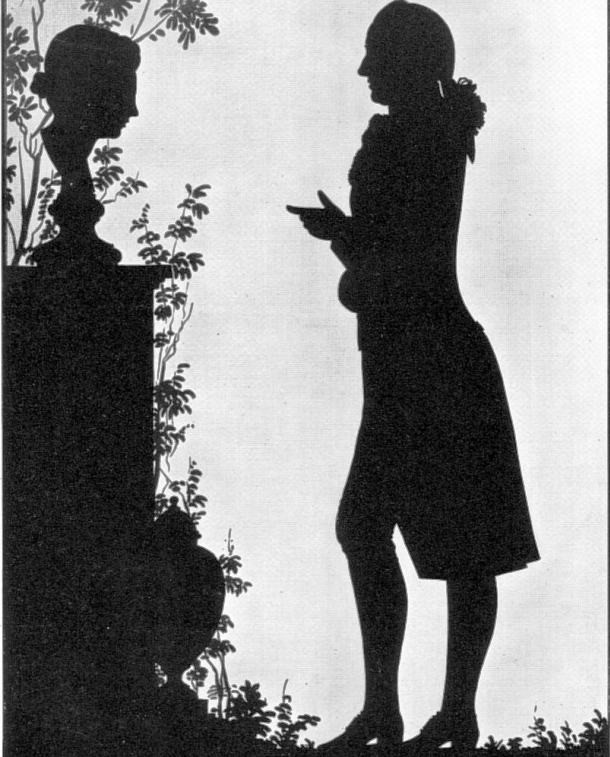 Silhouette - Silhouette is a commonly used word but the origin of it is very bizarre and little known. The word derives from the name of Étienne de Silhouette, a French finance minister who imposed severe economic demands upon the rich French during the Seven Years´ War. Because of his thrifty economies, his name soon became synonymous with anything done or made cheaply and the reference got particularly popular in the outline portraits.
Silhouette - Silhouette is a commonly used word but the origin of it is very bizarre and little known. The word derives from the name of Étienne de Silhouette, a French finance minister who imposed severe economic demands upon the rich French during the Seven Years´ War. Because of his thrifty economies, his name soon became synonymous with anything done or made cheaply and the reference got particularly popular in the outline portraits. -
16.
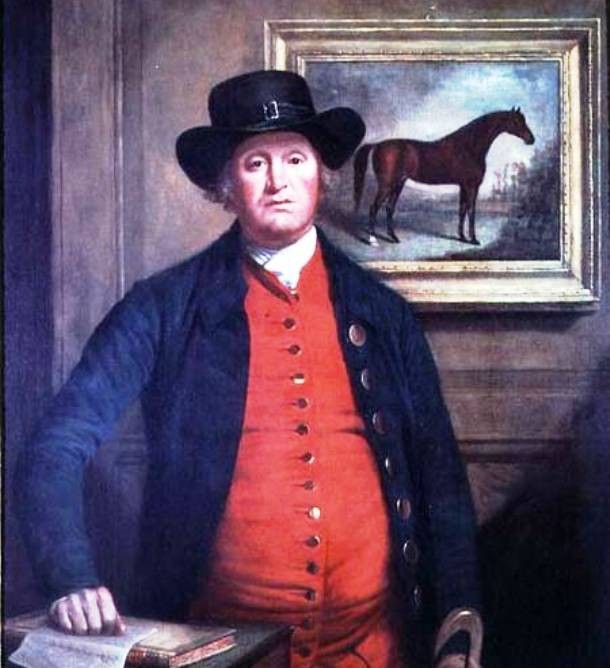 Tattersall - Consisting of thin vertical and horizontal stripes of dark color, tattersall is a check or plaid pattern woven into light cloth. The name of this pattern derives from Richard Tattersall (1724-1795), the founder of Tattersall’s, a London horse market and gambling site. The pattern was a traditional one for horse blankets.
Tattersall - Consisting of thin vertical and horizontal stripes of dark color, tattersall is a check or plaid pattern woven into light cloth. The name of this pattern derives from Richard Tattersall (1724-1795), the founder of Tattersall’s, a London horse market and gambling site. The pattern was a traditional one for horse blankets. -
17.
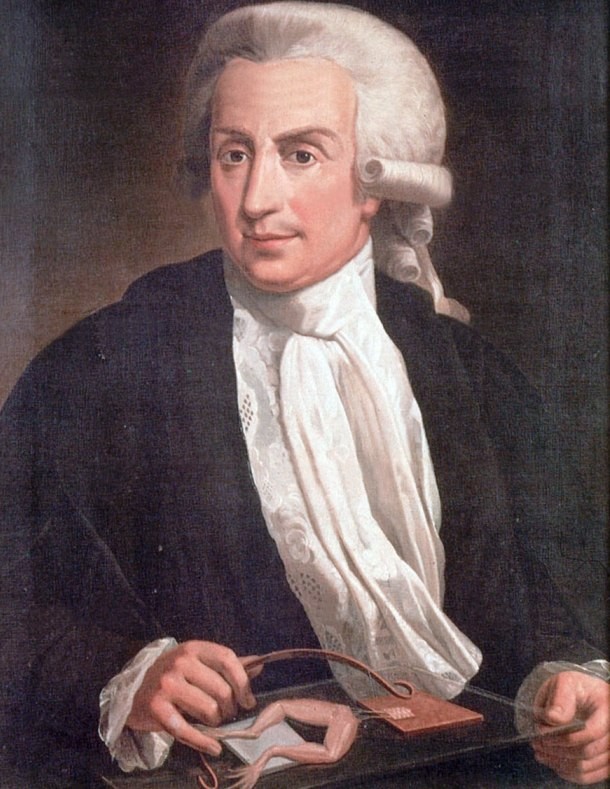 Galvanism - Luigi Galvani (September 1737, December 1798), an Italian physician, physicist and philosopher who lived and died in Bologna, became famous for his experiments with dead frogs. A pioneer of modern bioelectricity, he is the person after whom galvanism, a biological as well as physical and chemical effect was named.
Galvanism - Luigi Galvani (September 1737, December 1798), an Italian physician, physicist and philosopher who lived and died in Bologna, became famous for his experiments with dead frogs. A pioneer of modern bioelectricity, he is the person after whom galvanism, a biological as well as physical and chemical effect was named. -
18.
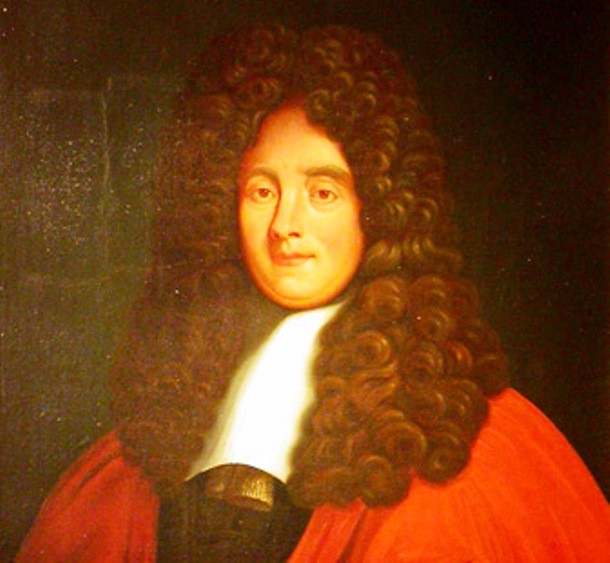 Begonia - Charles Plumier, a French botanist, apparently had affection for naming plants after famous people of his time. We already told you he named fuchsia in honor of Leonhard Fuchs but he also liked Michel Bégon, former governor of the French colony of Haiti and patron of botany so when Plumier discovered a new genus of perennial flowering plants, he named it begonia.
Begonia - Charles Plumier, a French botanist, apparently had affection for naming plants after famous people of his time. We already told you he named fuchsia in honor of Leonhard Fuchs but he also liked Michel Bégon, former governor of the French colony of Haiti and patron of botany so when Plumier discovered a new genus of perennial flowering plants, he named it begonia. -
19.
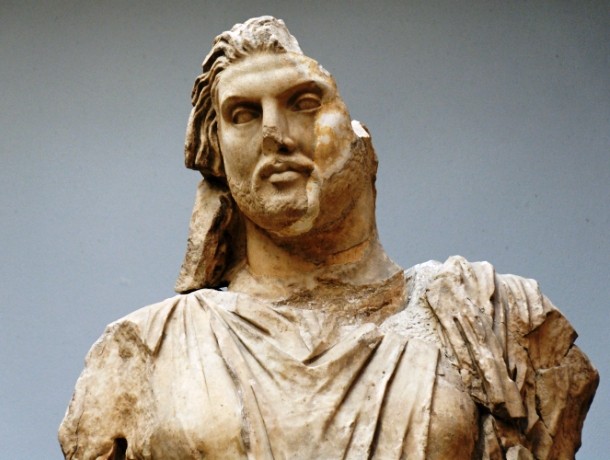 Mausoleum Mausoleum - The modern definition of mausoleum says it is an external free-standing building constructed as a monument enclosing the interment space or burial chamber of a deceased person or people. The origin of this term dates back to the 4th century when there was a king in ancient Greece called Mausolus. When he died, a monumental shrine known as the Mausoleum at Halicarnassus was built for him. Today, the term refers to any large tomb.
Mausoleum Mausoleum - The modern definition of mausoleum says it is an external free-standing building constructed as a monument enclosing the interment space or burial chamber of a deceased person or people. The origin of this term dates back to the 4th century when there was a king in ancient Greece called Mausolus. When he died, a monumental shrine known as the Mausoleum at Halicarnassus was built for him. Today, the term refers to any large tomb. -
20.
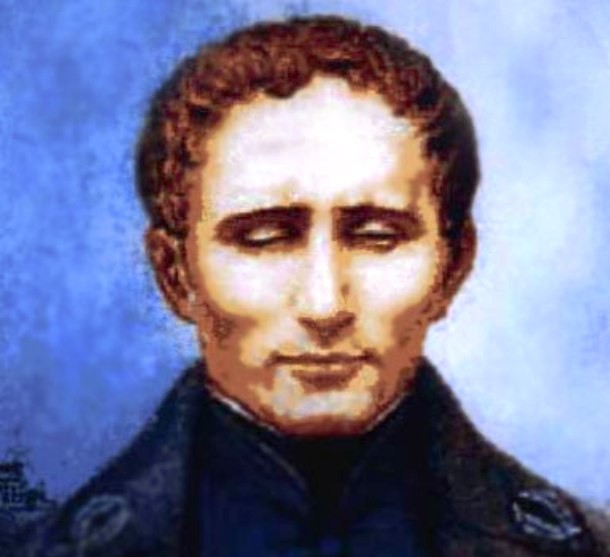 Braille - Braille is a tactile writing system used by blind and visually impaired people named after its creator, Louis Braille. As a result of an early childhood accident, Breille, a 19th century French educator, was blind in both eyes himself. He mastered his disability while still a boy and, in 1824 (at the age of just 15), he presented his system of tactile code that would eventually allow blind people to read and write.
Braille - Braille is a tactile writing system used by blind and visually impaired people named after its creator, Louis Braille. As a result of an early childhood accident, Breille, a 19th century French educator, was blind in both eyes himself. He mastered his disability while still a boy and, in 1824 (at the age of just 15), he presented his system of tactile code that would eventually allow blind people to read and write. -
21.
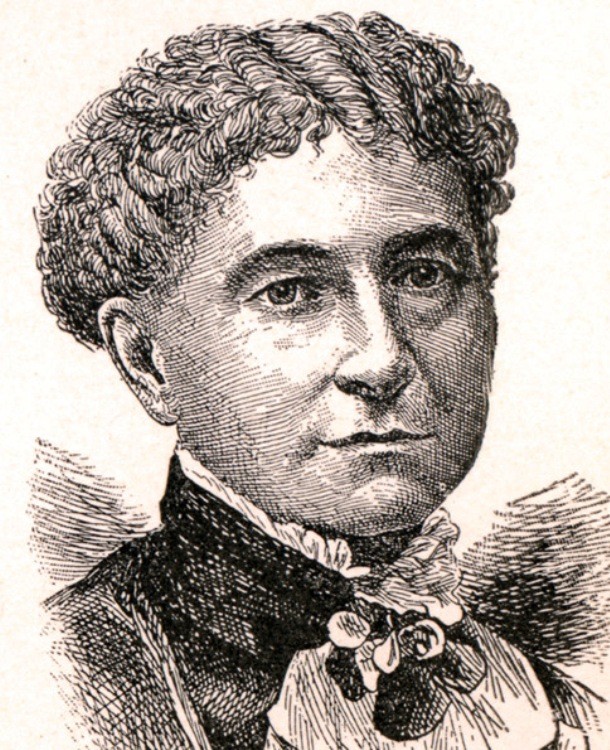 Bloomers - Divided women’s garments for the lower body, bloomers were an important symbol of women’s rights in the early 1850s. Even though she did not create this women’s clothing reform style, Amelia Bloomer, an American women’s rights and temperance advocate, is the person after whom it was named because of her early and strong advocacy.
Bloomers - Divided women’s garments for the lower body, bloomers were an important symbol of women’s rights in the early 1850s. Even though she did not create this women’s clothing reform style, Amelia Bloomer, an American women’s rights and temperance advocate, is the person after whom it was named because of her early and strong advocacy. -
22.
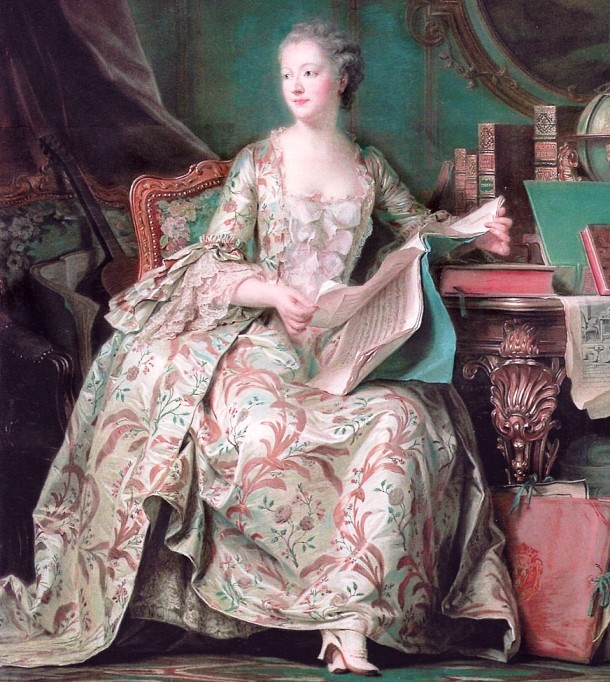 Pompadour - Pompadour is a hairstyle named after Madame de Pompadour, a mistress of King Louis XV, a French king ruling the country in the 18th century. The basic concept is hair swept upwards from the face and worn high over the forehead. The men’s version of the hairstyle, as worn by early country and rock and roll stars such as Elvis Presley, was popular as late as in the 1950s and early 1960s.
Pompadour - Pompadour is a hairstyle named after Madame de Pompadour, a mistress of King Louis XV, a French king ruling the country in the 18th century. The basic concept is hair swept upwards from the face and worn high over the forehead. The men’s version of the hairstyle, as worn by early country and rock and roll stars such as Elvis Presley, was popular as late as in the 1950s and early 1960s. -
23.
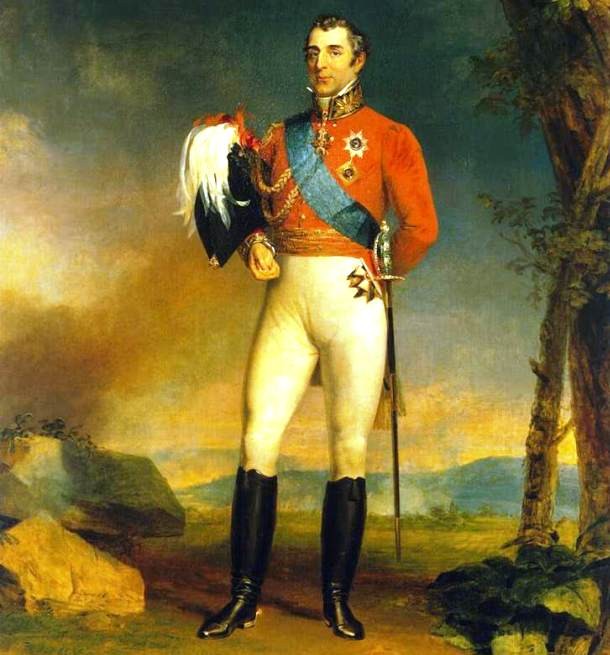 Wellingtons - Also known as rubber boots, wellies, topboots, billy-boots, gumboots, rainboots, Alaskan sneakers etc., the Wellingtons were a type of outdoor boots that were extremely popular among British aristocracy in the early 19th century. It was Arthur Wellesley, 1st Duke of Wellington, a famous British soldier and statesman, who instructed his shoemaker to make these boots and the boots were then named after him.
Wellingtons - Also known as rubber boots, wellies, topboots, billy-boots, gumboots, rainboots, Alaskan sneakers etc., the Wellingtons were a type of outdoor boots that were extremely popular among British aristocracy in the early 19th century. It was Arthur Wellesley, 1st Duke of Wellington, a famous British soldier and statesman, who instructed his shoemaker to make these boots and the boots were then named after him. -
24.
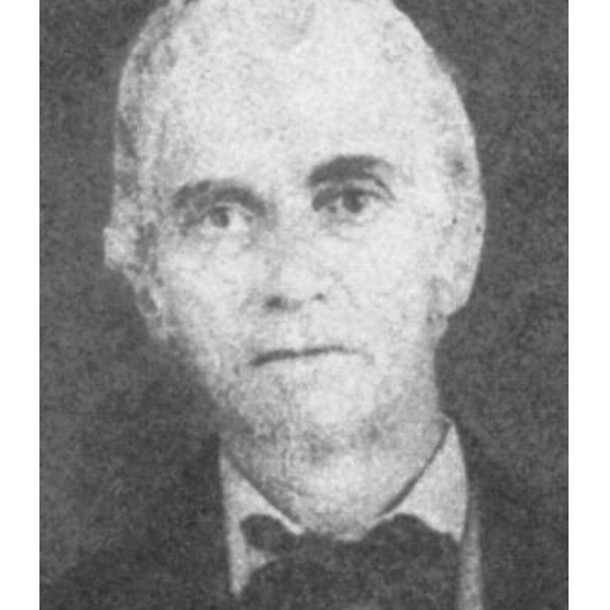 Maverick - Samuel Maverick (July 1803, September 1870), a Texas lawyer, politician, and land baron is the man from whom the ambiguous word maverick was derived. Maverick refused to brand his cattle and, consequently, the eponym became a synonymous for an unbranded animal as well as for a rebellious person who refuses to follow commonly accepted rules.
Maverick - Samuel Maverick (July 1803, September 1870), a Texas lawyer, politician, and land baron is the man from whom the ambiguous word maverick was derived. Maverick refused to brand his cattle and, consequently, the eponym became a synonymous for an unbranded animal as well as for a rebellious person who refuses to follow commonly accepted rules. -
25.
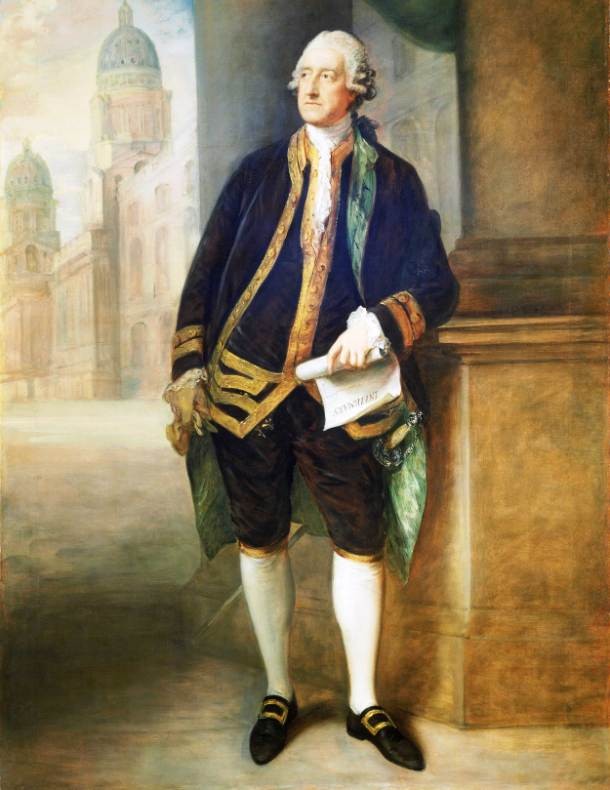 Sandwich - It is John Montagu, 4th Earl of Sandwich, a British statesman of the 18th century, who is credited with the invention of the snack. The Wall Street Journal even described sandwich as Britain’s biggest contribution to the world gastronomy.
Sandwich - It is John Montagu, 4th Earl of Sandwich, a British statesman of the 18th century, who is credited with the invention of the snack. The Wall Street Journal even described sandwich as Britain’s biggest contribution to the world gastronomy.
- REPLAY GALLERY
-

- Words You Might Not Have Realized Were Named After People
- NEXT GALLERY
-

- Guy Tricks A Horny Texter With The Wrong Number
Boycott - Officially defined as an act of voluntarily abstaining from using, buying, or dealing with a person, organization, or country, boycott is basically a kind of political or social protest. But only few people know the word has its origin in Charles Boycott, a British land agent living in the 19th century, who was ostracized by his local community after he refused his tenants´ demands for reduction in rates.
25/25
1/25


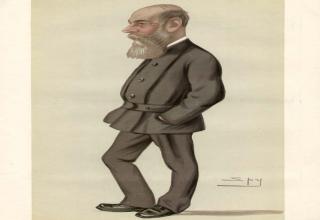






0 Comments